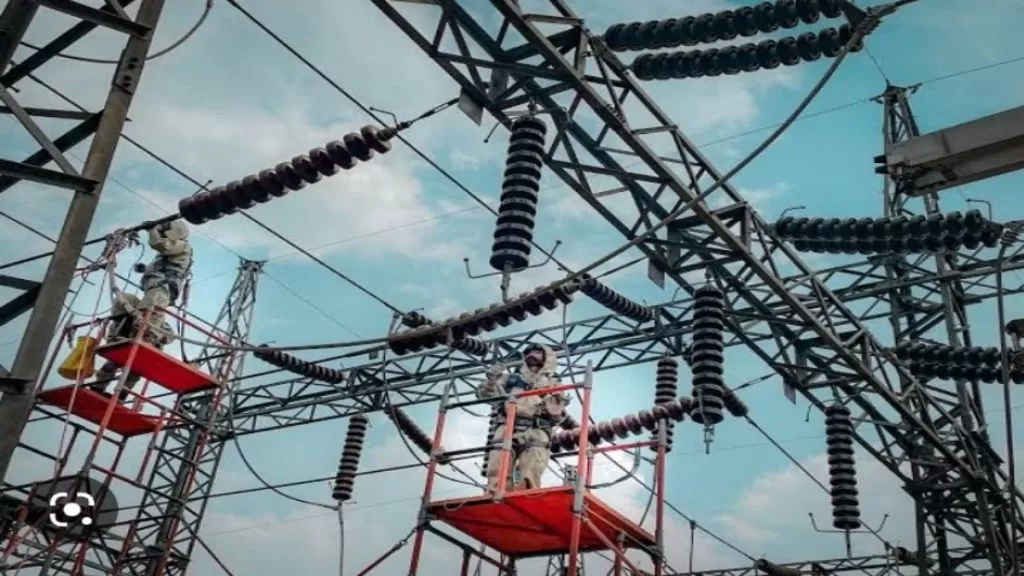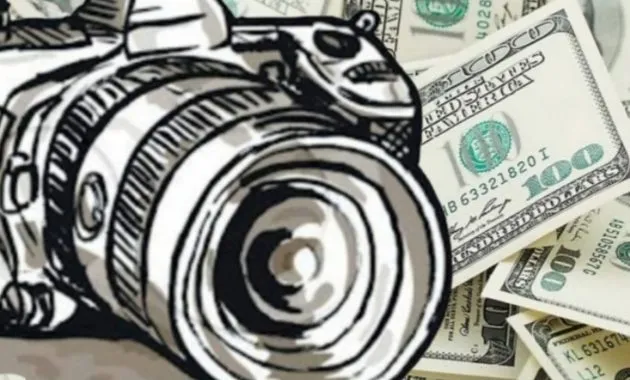Multymeter.com–Electrical Engineering: Talking about the history of electricity, how was this kind of energy first discovered, and who discovered the first electric current? this is a very long story. Data from various sources, electricity has existed for a long time. which means that electricity was not found, but its use has developed to facilitate people’s lives. Basically, electricity has existed in nature since ancient times.
Electricity as part of a natural phenomenon has actually been known to humans for a long time. The existence of electricity exists naturally and has been studied by various scientists for thousands of years. And it states that no one claims to be the discoverer. However, the use of electricity in our daily life is completely new in human history. Humans have studied electricity for a long time, but have not been able to use it in everyday life.
Eventually several famous great scientists were born, such as Benjamin Franklin, Michael Faraday, and Nikola Tesla. Thanks to these three scientists, we can then find ways and tools to use electricity in our daily lives.
Therefore, we must thank the father of electricity in the world. Thanks to his high research and perseverance, we can be at the current level of life.
These are the three scientists who contributed to electricity.
1.Benyamin Franklin
A famous American thinker and researcher named Benjamin Franklin. In 1751 Franklin managed to publish a book on electricity entitled “Experiments and Observations of Electricity”. This book contains his observations about the rapid growth of electricity due to static electricity.
After Franklin’s experiments, there were many amazing discoveries about electricity. In 1800, Italian physicist Alessandro Volta managed to find the battery as a source of electricity. Humphry Davy also succeeded in converting electrical energy into light in 1808 with his arc lamp. These discoveries continued until they reached a British electrical scientist named Michael Faraday.
2. Michael Faraday
born in 1791 in New Inton. Faraday initially worked as a bookbinder and read many research papers. Because of his interest, he was invited to lectures by the famous scientist Humphry Davy, and even became an assistant in Davy’s lab. Since then, it was reported by sciencehistory.org in 1813 Faraday started working at Davie and studied chemistry directly with him.
Who really was Sir Humphry Davy? Davy was one of the most famous chemists of his time. He discovered sodium and potassium, and later studied the decomposition of hydrochloric acid (hydrochloric acid). Consequently, Davy discovered the element chlorine in 1822.
Faraday continued his research on electricity and magnetism into the 1820s. Until finally he married Sara Bernard in 1821 and lived at the Royal Institute. It was there that Faraday began his experiments, one of which is noteworthy in the discovery of electromagnetic phenomena. Through the battery, he observed that the copper coil connected to the battery was causing a magnetic field. Faraday later hypothesized that if electricity could create magnets, then magnets could also generate electricity.
Faraday also used a copper coil to wrap around a magnet, but found that current flowed when the magnet moved. As a result, Faraday concluded that a magnet moving in a closed copper coil produced an electric current. From this experiment Faraday discovered the existence of electromagnetic induction, and from this research Faraday made his first discoveries in the field of physics, namely the electric motor. Faraday’s invention helped build today’s electric motors.
After that, this electromagnetic induction became the precursor of the dynamo and was able to generate electrical energy with kinetic energy (motion). Until 1931, he demonstrated a dynamo by means of electromagnetic induction. Thanks to this ingenious invention, he is called the father of electricity in the world which allows him to use electricity directly.
In 1839, Michael Faraday was suffering from memory impairment. Since then, Faraday’s health began to deteriorate. He began to cut back on his studies, but continued to work as a teacher until 1861. At age 75, the inventor of the electric current died on August 25, 1867, while studying at his home in Hampton Court. He is buried in Highgate Cemetery in north London. A plaque was erected commemorating his monumental work at Westminster Abbey Church near Isaac Newton’s funeral.
Faraday is known as the father of electricity because his discoveries made electricity the most useful technology today. But Michael Faraday’s life is not as simple as we think. He comes from a poor family and worked hard on his own to acquire most of his knowledge.
3. Nikola Tesla
Born July 10, 1856, Nikola Tesla is the inventor of alternating electric current and radio who is known for his genius. Nikola Tesla was born in Croatia and raised in a family of orthodox priests. Initially, his father recommended that Tesla become a priest, but he preferred science. From the biography, Nikola Tesla graduated from Charles University. In the 1870s he moved to Budapest and worked for a telephone company.
It was in this city that Nikola Tesla came up with the idea of building an electric motor. At the age of 28, he decided to leave Europe and move to the United States (US). Nikola Tesla worked for Thomas Edison’s company on Uncle Sam’s land. It wasn’t until 1884, that he officially became employed in Edison’s office in industrial DC. These two scientists quickly worked to develop many innovations. These innovations were primarily Edison’s inventions. Unfortunately, their collaboration did not last long.
Due to disagreements, Nikola Tesla decided to stop working with Edison. The business-oriented Edison and not the Tesla mindset. In 1885, Nikola Tesla started his own invention. Relying on history, he created more than 30 patents for his inventions in 1887 and 1888. Nikola Tesla made many inventions throughout his life that are useful today, such as AC systems with power, radio remote control, electric motors, high-voltage transformers.
Despite his many inventions, Nikola Tesla was not immediately honored. In fact, he is often considered crazy because his original ideas are considered strange. In 1895, Nikola Tesla’s laboratory was burned down. Many records of his discoveries were also burned. After the fire, Nikola Tesla continued to be unhappy. In 1917 he went bankrupt.
Nikola Tesla spent the rest of his life working on new inventions. When he first launched History, his obsession with No. 3 made Tesla think about mental illness. Nikola Tesla’s days were finally spent feeding the pigeons. As a result of the disturbance he experienced, Tesla even claimed to be able to communicate with pigeons. Nikola Tesla died in a hotel room in New York on January 7, 1943. He died at the age of 86. And intentionally or not, Tesla’s own name was immortalized as the name of the electric car company from the United States.
Well, that’s an explanation of the history of the inventors of electric current. So if you ask who actually discovered electricity for the first time in the world, the answer is of course long, because each scientist complements and contributes to the comfort of our lives today in every experiment.
Inventions can always be thought of in a way that develops into a unique story, so it doesn’t really matter much about it. Perhaps Benjamin Franklin could light up the problem of electrical phenomena, but Faraday was able to turn Franklin’s idea into a larger spark, electricity that was used. Of course, the great inventor started with deep observations of science.***




